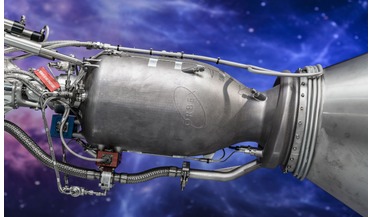 10 December 2020
Orbex secures $24 million funding round for Scottish space launch
10 December 2020
Orbex secures $24 million funding round for Scottish space launch
... sustainable launch system, the Orbex Prime rocket uniquely uses bio-propane, a renewable biofuel that cuts CO2 emissions by 90 percent compared to traditional kerosene-based rocket fuels. Designed to be recoverable and re-usable, Orbex Prime...
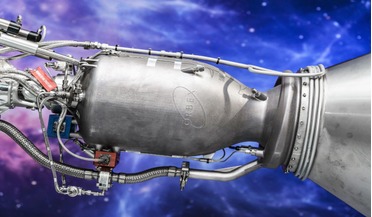 24 February 2021
Orbex commissions industrial 3D printer for rocket engines
24 February 2021
Orbex commissions industrial 3D printer for rocket engines
... 2022. Uniquely for a commercial rocket, Prime is fuelled by bio-propane, a clean-burning, renewable fuel which reduces CO2 emissions by 90 percent compared to kerosene-based fuels. The Prime rocket was designed to be re-usable, incorporating a novel...
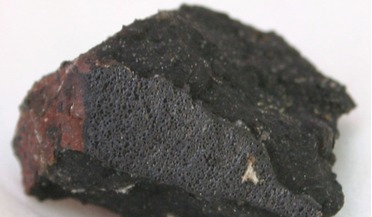 12 May 2021
Scientists discover liquid water inside a meteorite
12 May 2021
Scientists discover liquid water inside a meteorite
... detect a tiny fluid trapped in a mineral 4.6 billion years ago.” Tsuchiyama and team’s research, titled, “Discovery of primitive CO2-bearing fluid in an aqueously altered carbonaceous chondrite,” can be found in Science Advances.
 19 May 2021
Scientists unexpectedly find heavy metal vapour in comets throughout our Solar System, and beyond
19 May 2021
Scientists unexpectedly find heavy metal vapour in comets throughout our Solar System, and beyond
... and the constituents of water – material left over from when the planets formed – such as carbon dioxide (CO2), carbon monoxide (CO), methane (CH4), and ammonia (NH3). Even when close to the Sun, these gases do not...
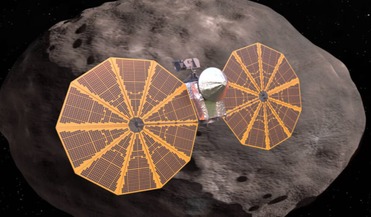 18 October 2021
NASA's Lucy mission launches, encounters problem with solar panel
18 October 2021
NASA's Lucy mission launches, encounters problem with solar panel
... surface has been observed, it is thought that they are coated in tholins, organic compounds such as carbon dioxide (CO2), methane (CH4) and ethane (c2H6) formed by the Sun's radiation. To date, no mission has gone through the...
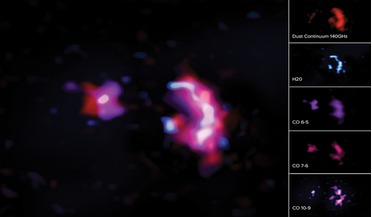 03 November 2021
Astronomers spot the most distant detection of water in a star-forming galaxy
03 November 2021
Astronomers spot the most distant detection of water in a star-forming galaxy
Astronomers using the Atacama Large Millimeter/submillimeter Array (ALMA) have detected water and carbon monoxide (CO2) in a massive galaxy nearly 12.88 billion light years from Earth; this is the most distant detection of H20 in a regular ...